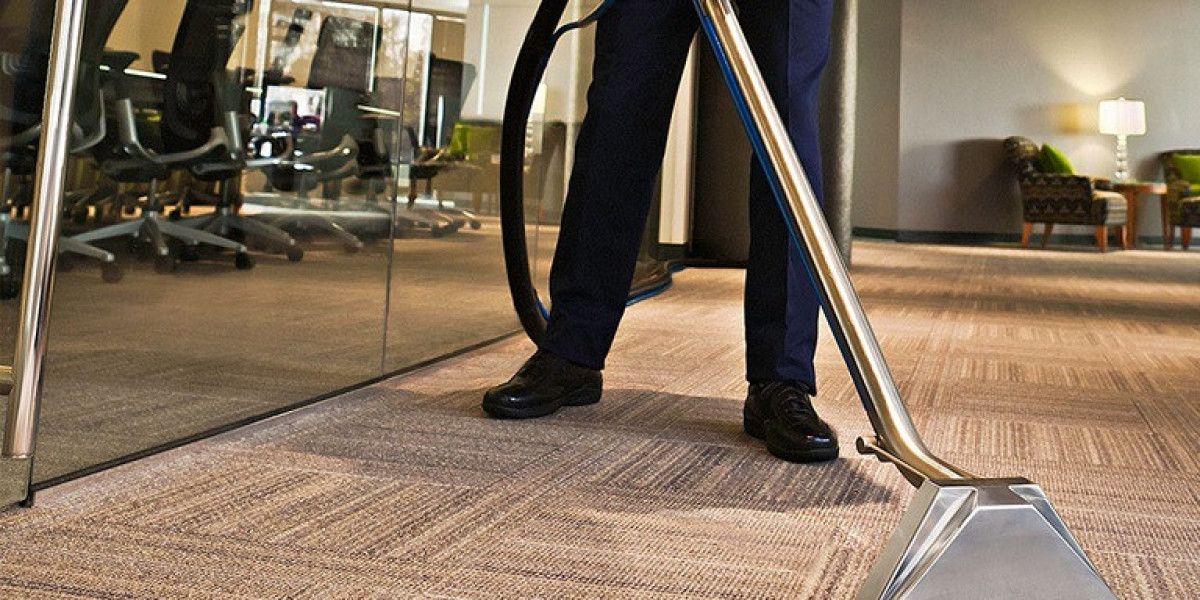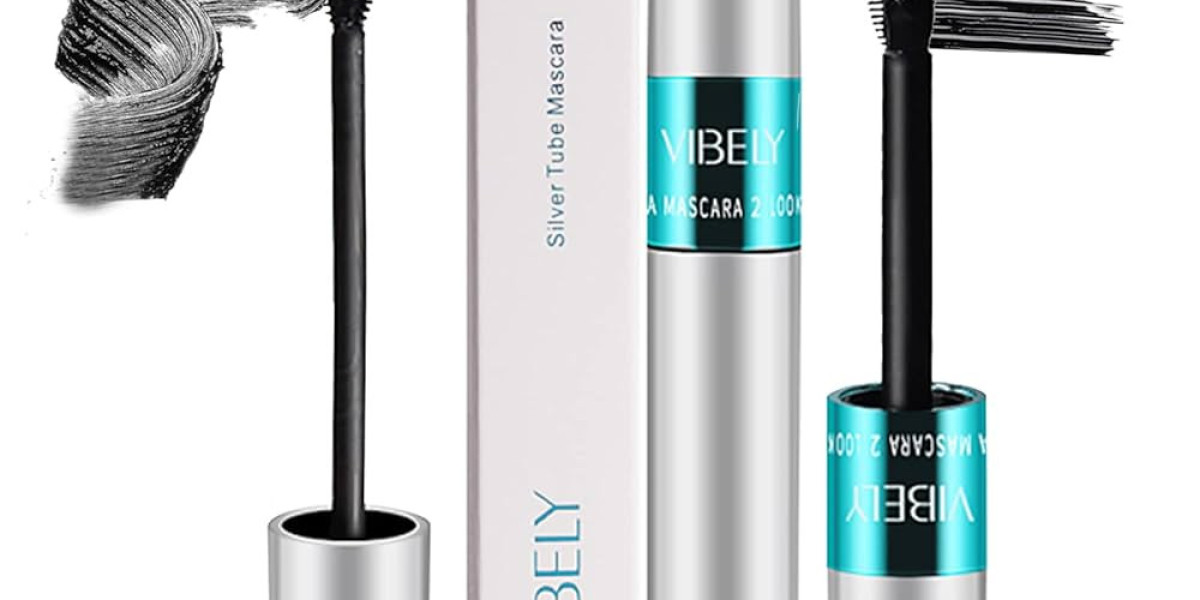The Ring of Repair: Restoring Heart Valve Health
Imagine a vital doorway within your heart, diligently opening and closing to ensure the smooth flow of life-giving blood. Now picture that doorway becoming weakened, its frame stretched and unable to seal properly. This is akin to what happens to heart valves affected by conditions like mitral or tricuspid regurgitation. When these valves don't close tightly, blood leaks backward, forcing the heart to work harder and potentially leading to fatigue, shortness of breath, and more serious complications. For many, the prospect of open-heart surgery for valve replacement can be daunting. However, there's a sophisticated and often less invasive approach that focuses on repair rather than replacement: annuloplasty using specialized rings.
Think of an annuloplasty ring as a tailor-made support structure for the weakened heart valve. These rings, crafted from biocompatible materials, are meticulously designed to match the natural shape and size of the valve annulus – the ring of tissue that surrounds the valve leaflets. During the surgical procedure, the surgeon carefully sutures this ring around the annulus, effectively reshaping and reinforcing the valve. This provides the necessary support for the valve leaflets to close completely, eliminating or significantly reducing the backward flow of blood.
The beauty of annuloplasty lies in its focus on preserving the patient's heart tissue. By repairing the existing valve rather than replacing it with a mechanical or biological substitute, patients can often avoid the long-term need for blood-thinning medication associated with mechanical valves. Furthermore, repairing the native valve can lead to better long-term outcomes and a lower risk of complications in some cases.
The process begins with a thorough evaluation by a cardiac specialist, including echocardiograms and other diagnostic tests to assess the severity of the valve dysfunction. If annuloplasty is deemed the appropriate treatment, the surgical procedure is typically performed through open-heart surgery, although minimally invasive techniques are also evolving. The surgeon carefully selects the size and type of annuloplasty ring based on the individual patient's anatomy and the specific valve being repaired.
The recovery period following annuloplasty varies depending on the surgical approach and the patient's overall health. However, most individuals experience a significant improvement in their symptoms and an enhanced quality of life as their heart functions more efficiently. Regular follow-up appointments and adherence to the cardiologist's recommendations are crucial for ensuring the long-term success of the repair.
In essence, annuloplasty rings offer a powerful tool for restoring heart valve health. By providing crucial support and reshaping the valve annulus, these rings help the heart regain its ability to pump blood effectively, offering patients a renewed sense of well-being and a brighter outlook for their cardiovascular health. The "Ring of Repair" truly embodies the potential to mend a vital part of the heart and improve lives.








